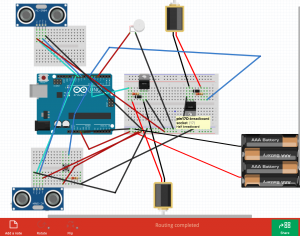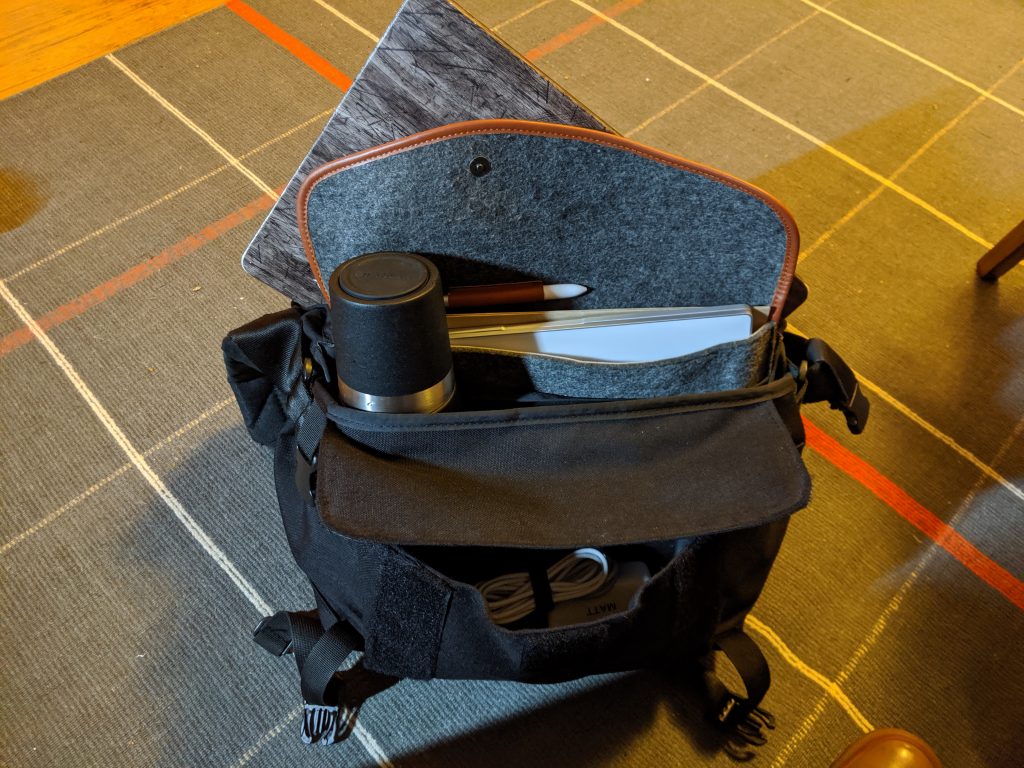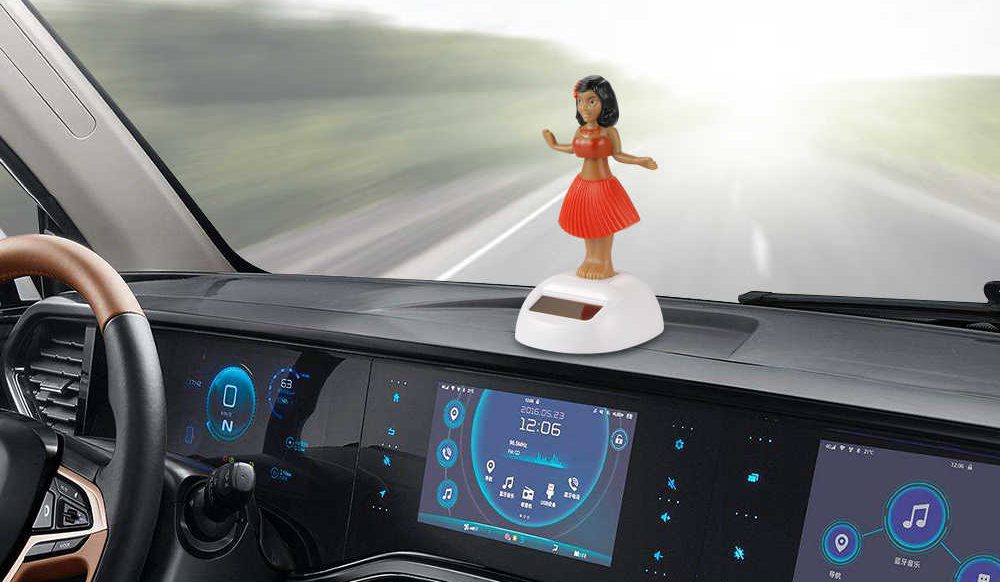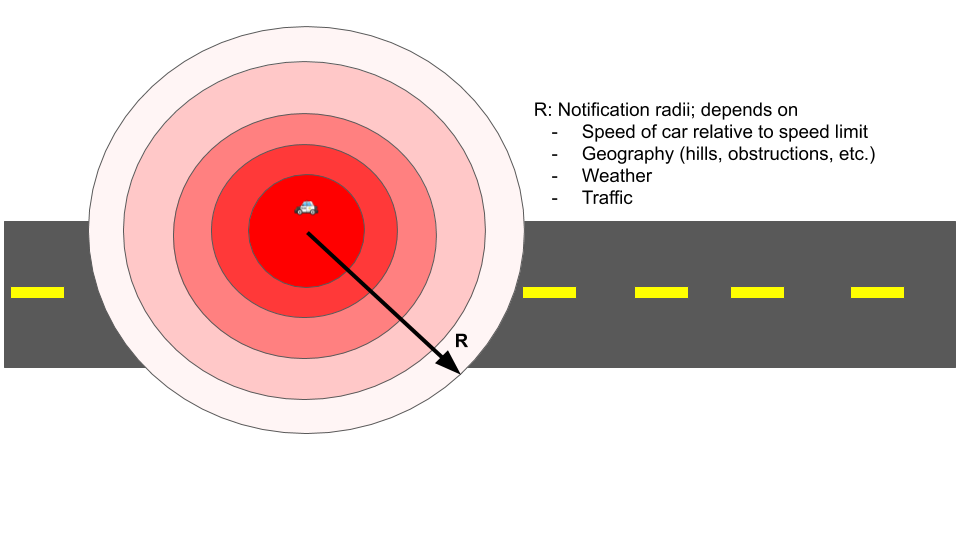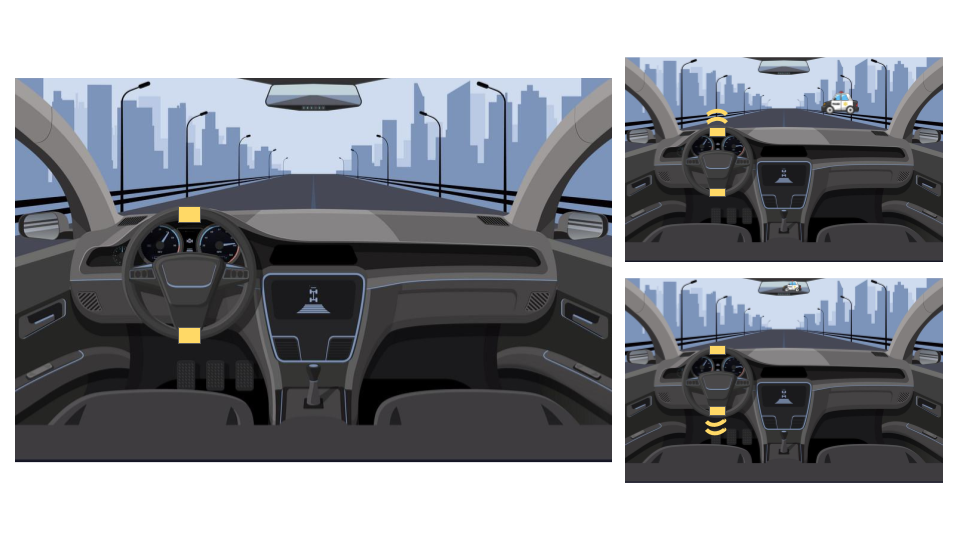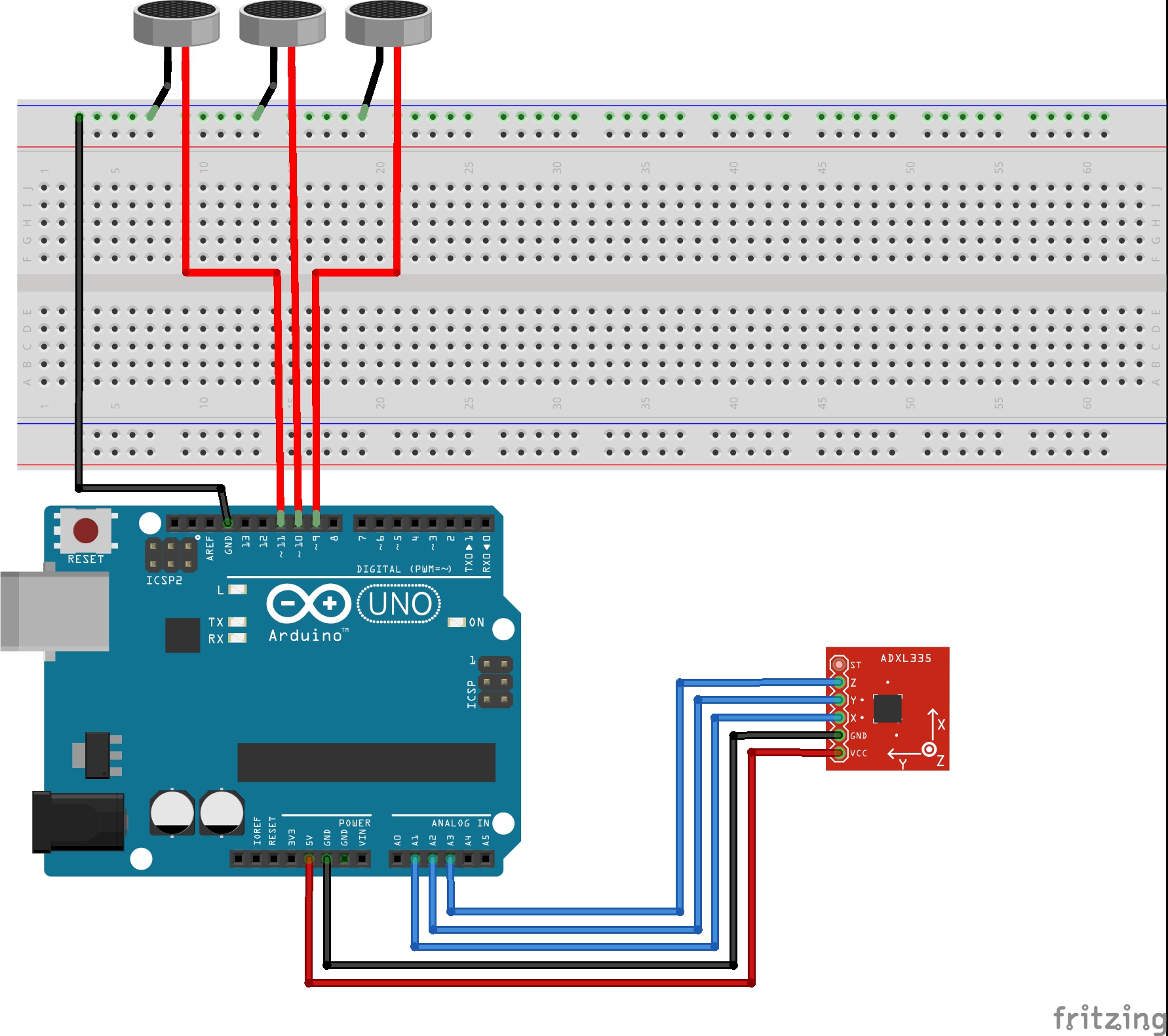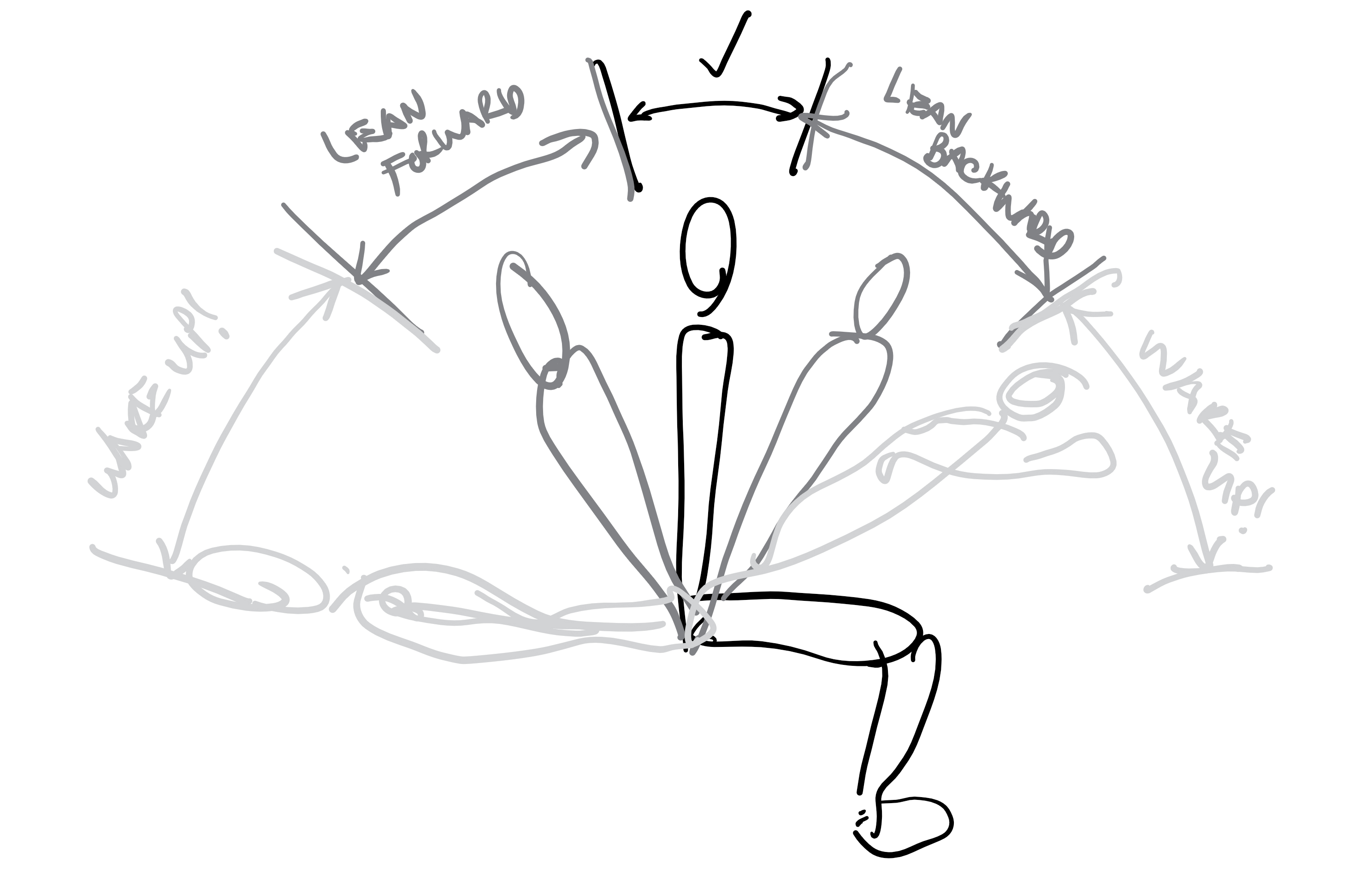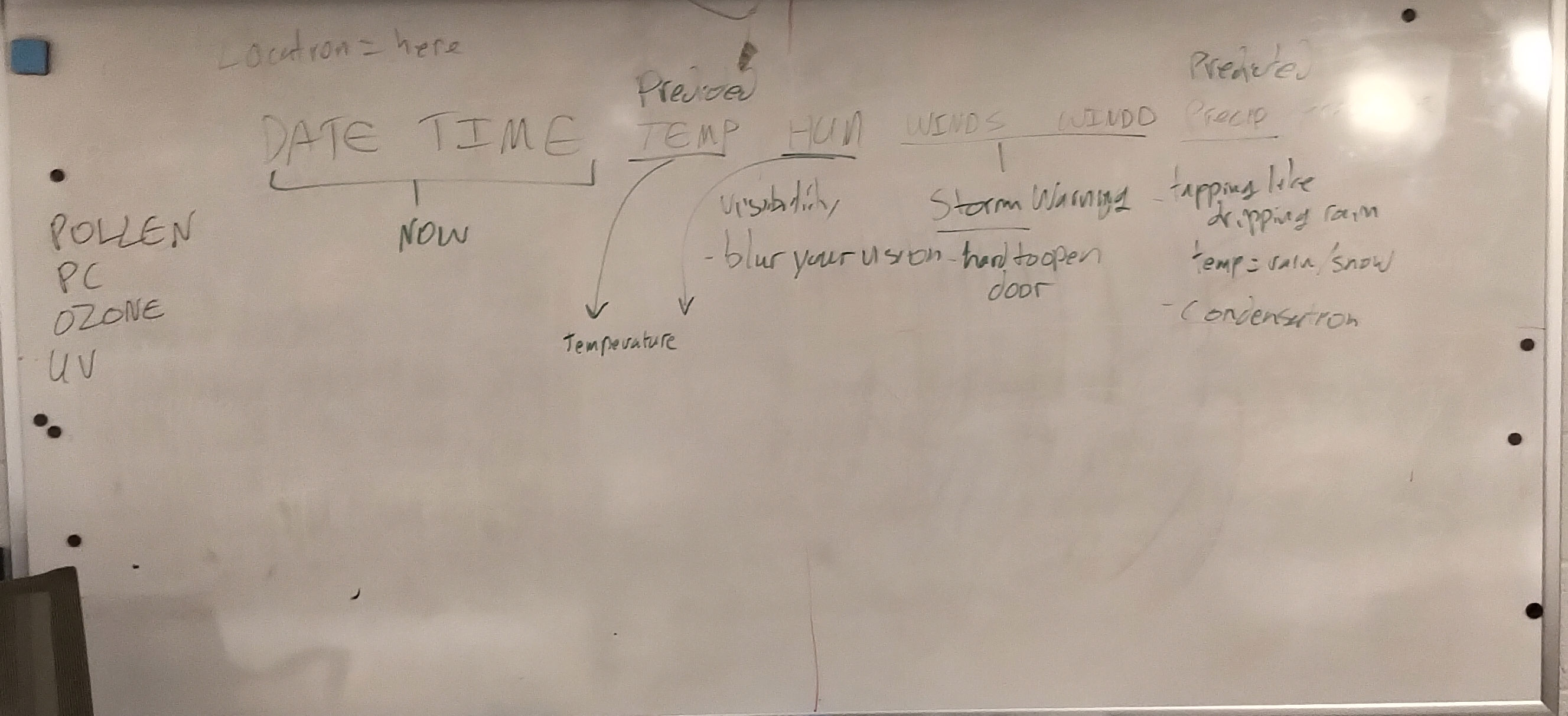Premise
What if you could have an emotional support flower that you don’t have to worry about feeding or accidentally killing it. For this project I was inspired by Chromotherapy, a type of treatment that uses colors to treat diseases. Learn more behind the history and psychology of Chromotherapy here.


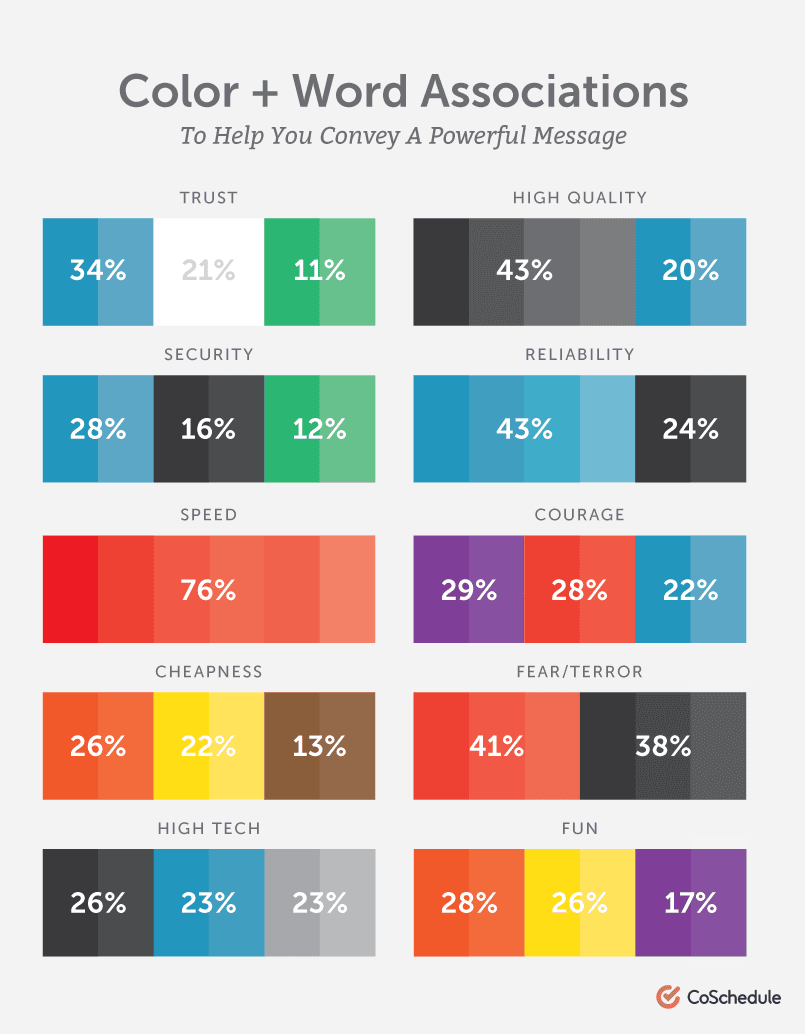
Project
With all this information in mind, my project creates an emotional support flower that reacts based on your emotions. For example if you are anxious, the flower will start to show calming colors in a soothing pace and pattern. When you do something great, it shows happy colors in an “excited” and “happy” pattern. And in the case that you do something bad, it calls you out on it but in a way that tells you you can do better next time, rather than shame you.
Inputs: heart rate and blood pressure data
Outputs: changing color, pace of changes, and gradient of color changes.
In future iterations, the flower could also incorporate excreting essential oils from it’s stamen. Smells are known to have the most impact on your brain out of all the senses. So having calming oils could really help calm an anxious person, for example.
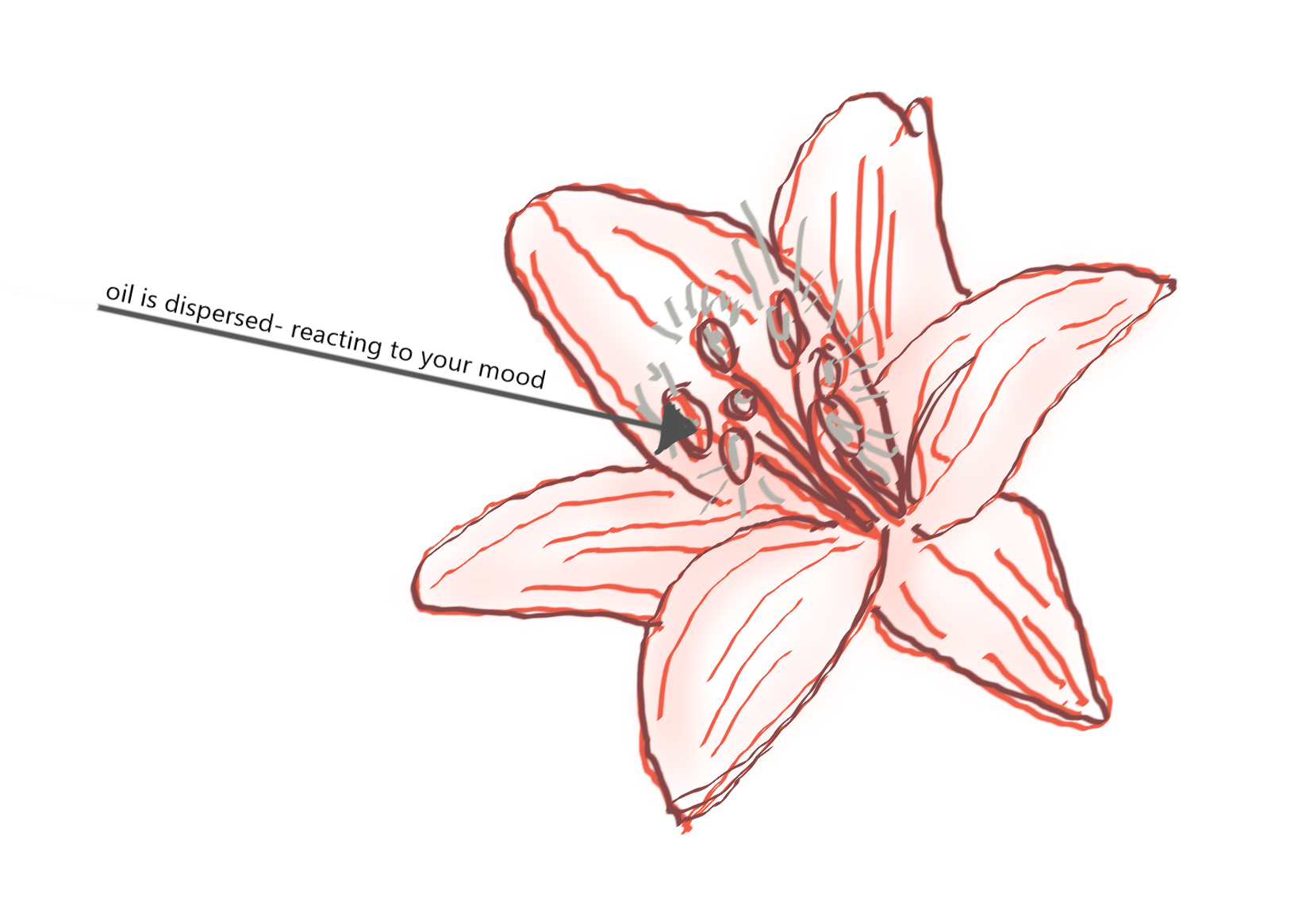
Proof of Concept
I originally started by mocking the flower up with a 3D pen, but realized that the hardness and stiffness of it was not as soothing of an experience as I was going for. That is when I switched to a softer version made out of dried hot glue. I chose hot glue because it was a quick, low-budget way to get both the translucency and the softness I was looking for.

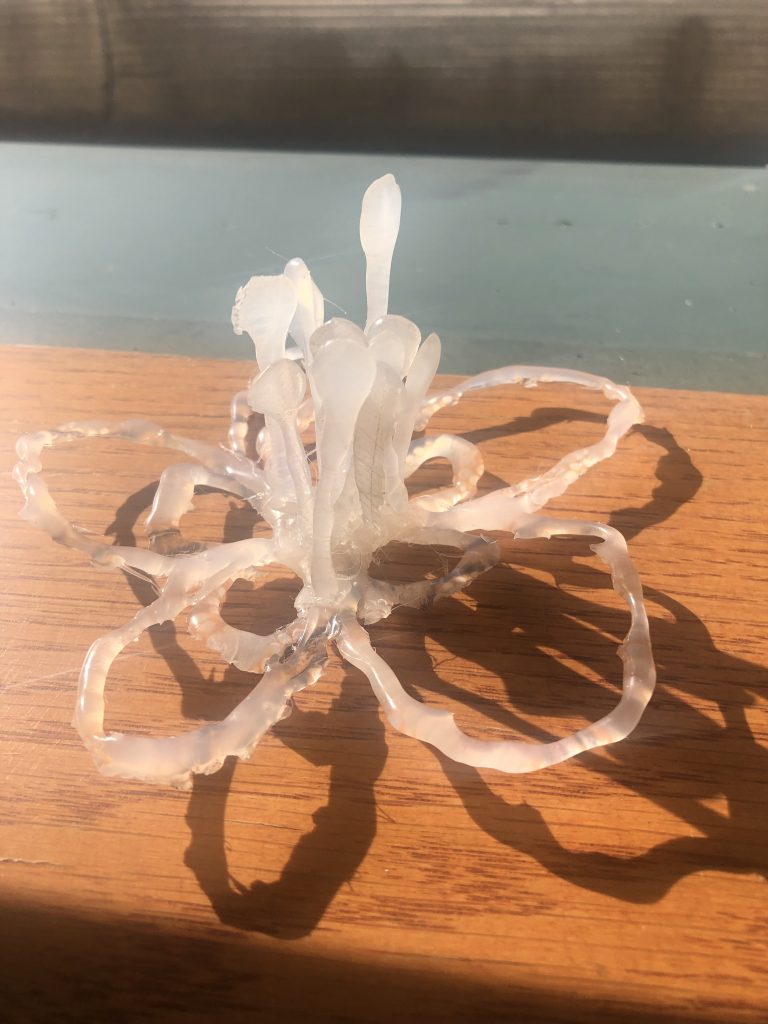
More Research Links:
color psychological association

